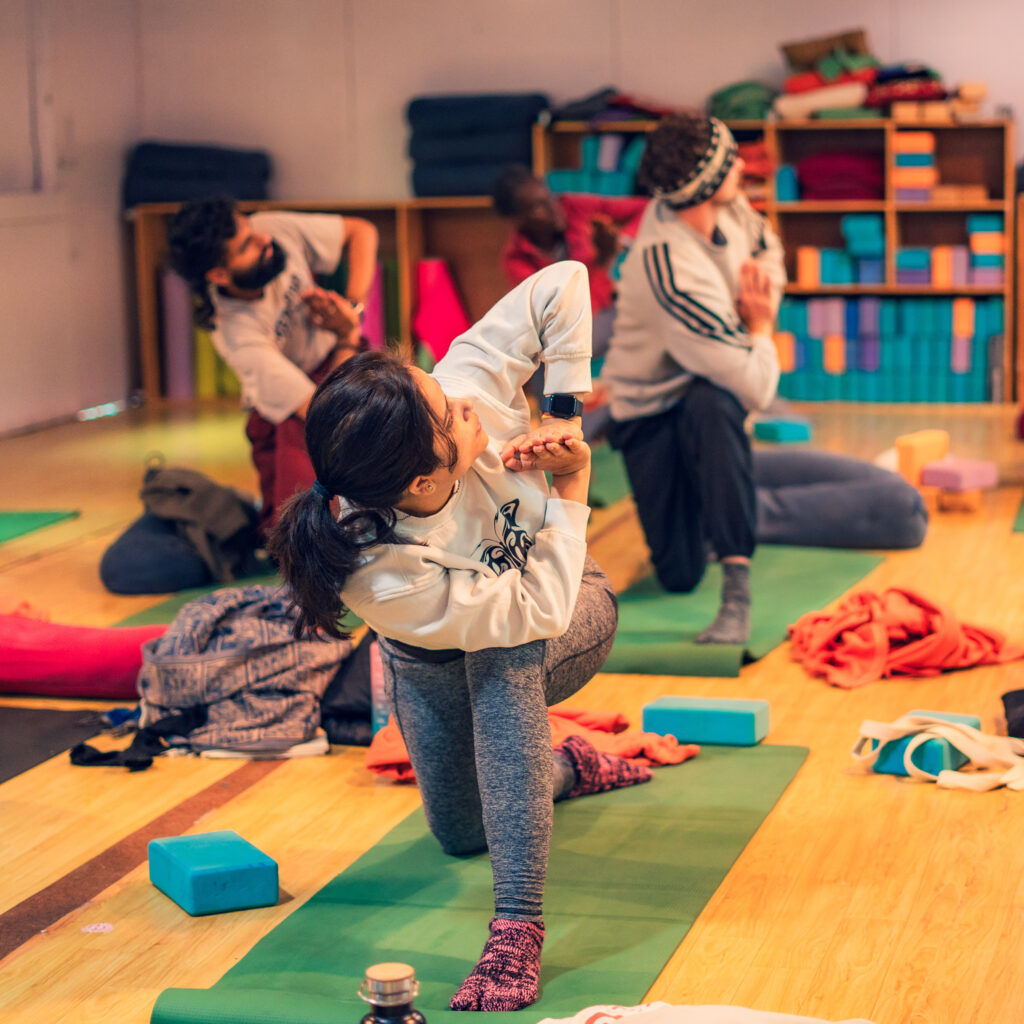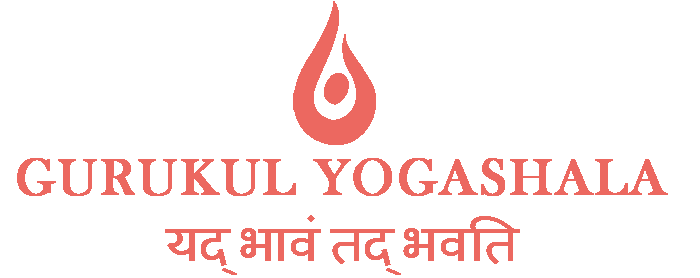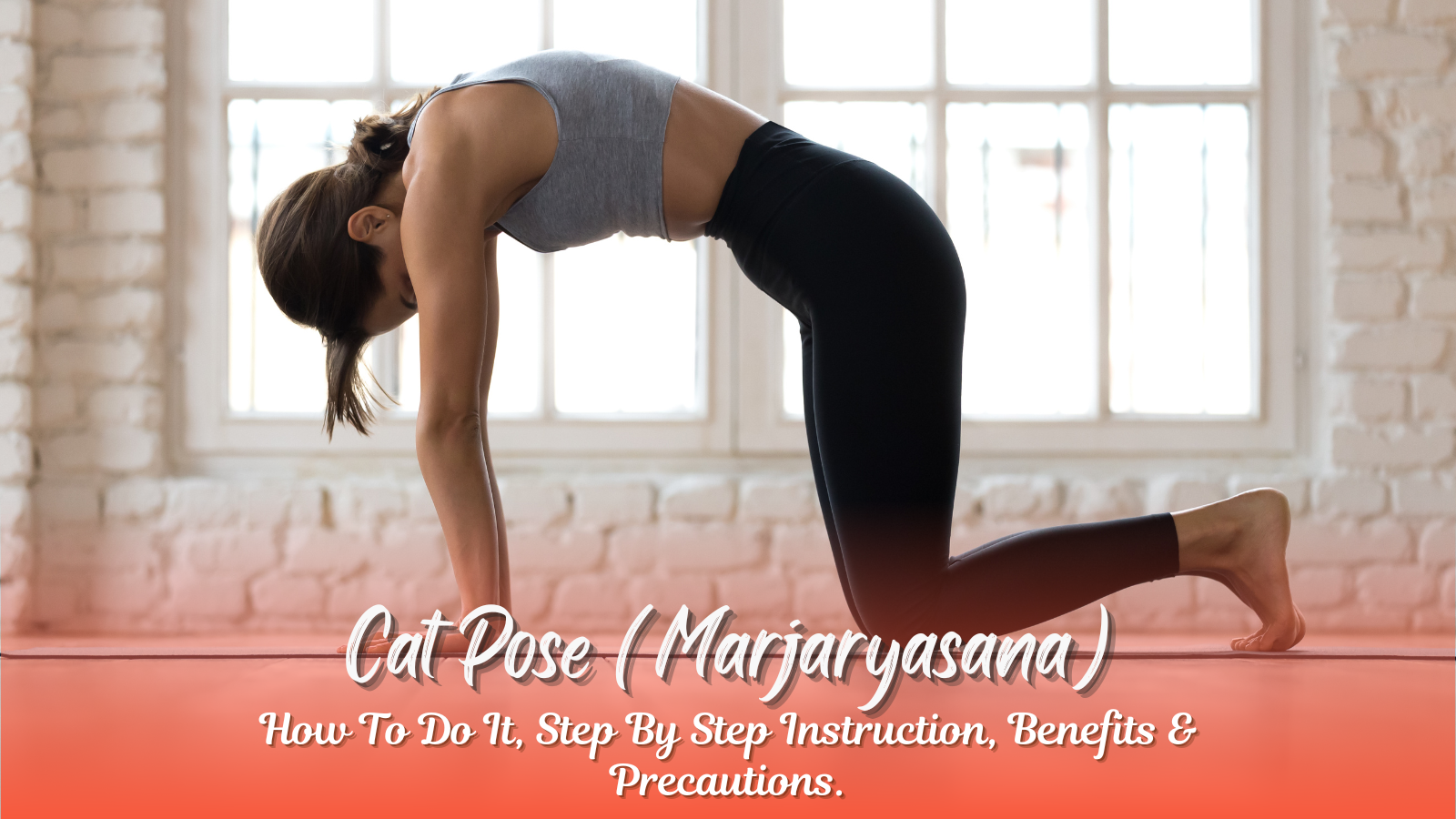Cat Pose, also known as Marjaryasana, is a fundamental yoga posture that offers numerous benefits for the spine, flexibility, and mental relaxation. Often paired with Cow Pose (Bitilasana) in the Cat Cow Pose sequence, this yoga movement helps improve posture, strengthen the core, and enhance coordination.
If you’re looking to explore yoga, whether as a beginner or as part of a structured practice like the Best Yoga Teacher Training in Rishikesh, understanding the proper execution of Cat Pose and its variations is essential.
Let’s dive into what is Cat Pose, its benefits, how to do Cat Pose step by step, and important modifications and precautions to keep in mind.
Benefits of Cat Pose (Marjaryasana)
The Cat Pose offers multiple physical, mental, and emotional benefits. Whether you practice Cat Cow Pose Yoga regularly or integrate it into a longer session like the 200 Hour Yoga Teacher Training Course in Rishikesh, here are some of the top benefits:
Physical Benefits of Cat Pose
✔ Enhances Spinal Flexibility:
- Improves the range of motion in the spine, neck, and shoulders
- Reduces stiffness caused by prolonged sitting
✔ Strengthens Core & Back Muscles:
- Activates the abdominal muscles
- Supports lower back health
✔ Improves Posture & Alignment:
- Helps in correcting spinal misalignment
- Prevents slouching or rounded shoulders
✔ Stimulates Digestion & Detoxification:
- Massages internal abdominal organs
- Aids in relieving constipation and bloating
✔ Relieves Tension in Neck & Shoulders:
- Releases tightness in the upper back and traps
- Reduces strain from prolonged screen time
Mental & Emotional Benefits of Cat Pose
✔ Reduces Stress & Anxiety:
- Encourages mindful breathing
- Helps in calming the nervous system
✔ Promotes Relaxation & Mental Clarity:
- Improves focus and concentration
- Reduces mental fatigue
✔ Encourages Mind-Body Awareness:
- Deepens the connection between movement and breath
- Helps in cultivating body mindfulness
Step-by-Step Guide on How to Do Cat Pose
Step 1: Start in Tabletop Position
- Come onto all fours with hands directly under shoulders and knees under hips.
- Keep the spine in a neutral position.
Step 2: Move into Cow Pose (Bitilasana) – Inhale
- Drop the belly towards the floor.
- Lift the chest and tailbone, creating an arch in the back.
- Look slightly upward, keeping the neck relaxed.
Step 3: Transition into Cat Pose (Marjaryasana) – Exhale
- Round the spine, tucking the chin into the chest.
- Engage the core and draw the belly button inward.
- Press through the palms and knees to create a deeper stretch.
Step 4: Flow Between Cat Pose & Cow Pose
- Continue to move between Cat Pose and Cow Pose for 5-10 breaths.
- Sync the breath with movement, inhaling in Cow Pose and exhaling in Cat Pose.
Cat Pose Variations & Modifications
If you’re looking for a challenge or modification, here are different ways to practice Cat Pose or Downward Dog in 1-Across for a deeper experience:
1. Supta Baddha Konasana with Cat Pose Flow
- Lie on your back in Supta Baddha Konasana (Reclining Butterfly Pose).
- Incorporate gentle Cat Pose movements by engaging the core and lifting the chest.
2. Cat Pose with 3D Pose Cat Visualizations
- Utilize 3D Pose Cat references to perfect alignment.
- Focus on full-body awareness and spinal articulation.
3. Seated Cat Pose for Office Workers
- Perform a modified Cat Pose while sitting on a chair.
- Great for desk workers experiencing stiffness.
4. Cat Pose with Blocks for Wrist Support
- Place yoga blocks under your hands to reduce wrist pressure.
5. Cat Pose or Downward Dog Transition
- Flow into Downward Dog (Adho Mukha Svanasana) for a deeper stretch.
- Enhances full-body flexibility and core engagement.
Precautions & Safety Tips for Cat Pose
✔ Avoid If You Have Recent Back Injuries
- If you have chronic back pain or herniated discs, modify the pose with gentle movements.
✔ Modify for Wrist Sensitivity
- Use padded yoga mats or rest on fists instead of palms.
✔ Practice on a Soft Surface for Knee Support
- If knees feel sensitive, place a folded blanket under them.
✔ Do Not Rush Movements
- Move slowly and mindfully to avoid unnecessary strain.
✔ Pregnancy Considerations
- Pregnant individuals should avoid deep spinal flexion and use seated modifications.
Incorporating Cat Pose into Your Yoga Practice
Whether you are practicing at home or enrolling in a structured yoga program like the 500 Hour Yoga Teacher Training in Rishikesh, integrating Cat Pose can significantly improve your flexibility, posture, and relaxation.
Yoga Sequences Featuring Cat Pose
🧘 Beginner Sequence:
- Tadasana (Mountain Pose)
- Cat Cow Pose Flow
- Balasana (Child’s Pose)
🧘 Advanced Sequence:
- Cat Pose to Urdhva Dhanurasana (Wheel Pose)
- Cat Pose to Chakrasana (Full Wheel Pose)
- Cat Pose with Dynamic Shoulder Rolls

Why Learn Cat Pose in Rishikesh?
Rishikesh is known as the Yoga Capital of the World, offering the Best Yoga Teacher Training in Rishikesh for beginners and advanced practitioners alike. If you’re serious about deepening your practice, consider joining:
✔ 200 Hour Yoga Teacher Training Course in Rishikesh (Perfect for Beginners)
✔ 300 Hour Yoga Teacher Training in Rishikesh (Intermediate Level)
✔ 500 Hour Yoga Teacher Training in Rishikesh (Master Level)
Conclusion: Why Cat Pose Should Be in Your Daily Routine
Cat Pose is a simple yet effective yoga pose that helps with spinal health, stress relief, and posture correction. Whether you practice it alone or as part of a Cat Cow Pose yoga flow, it’s an essential asana for all levels.
By incorporating Cat Pose or Downward Dog transitions, exploring 3D Pose Cat references, or learning through a yoga teacher training school in Rishikesh, you can enhance your flexibility and mindfulness.
Ready to deepen your practice? Start today and experience the benefits of Cat Pose!


